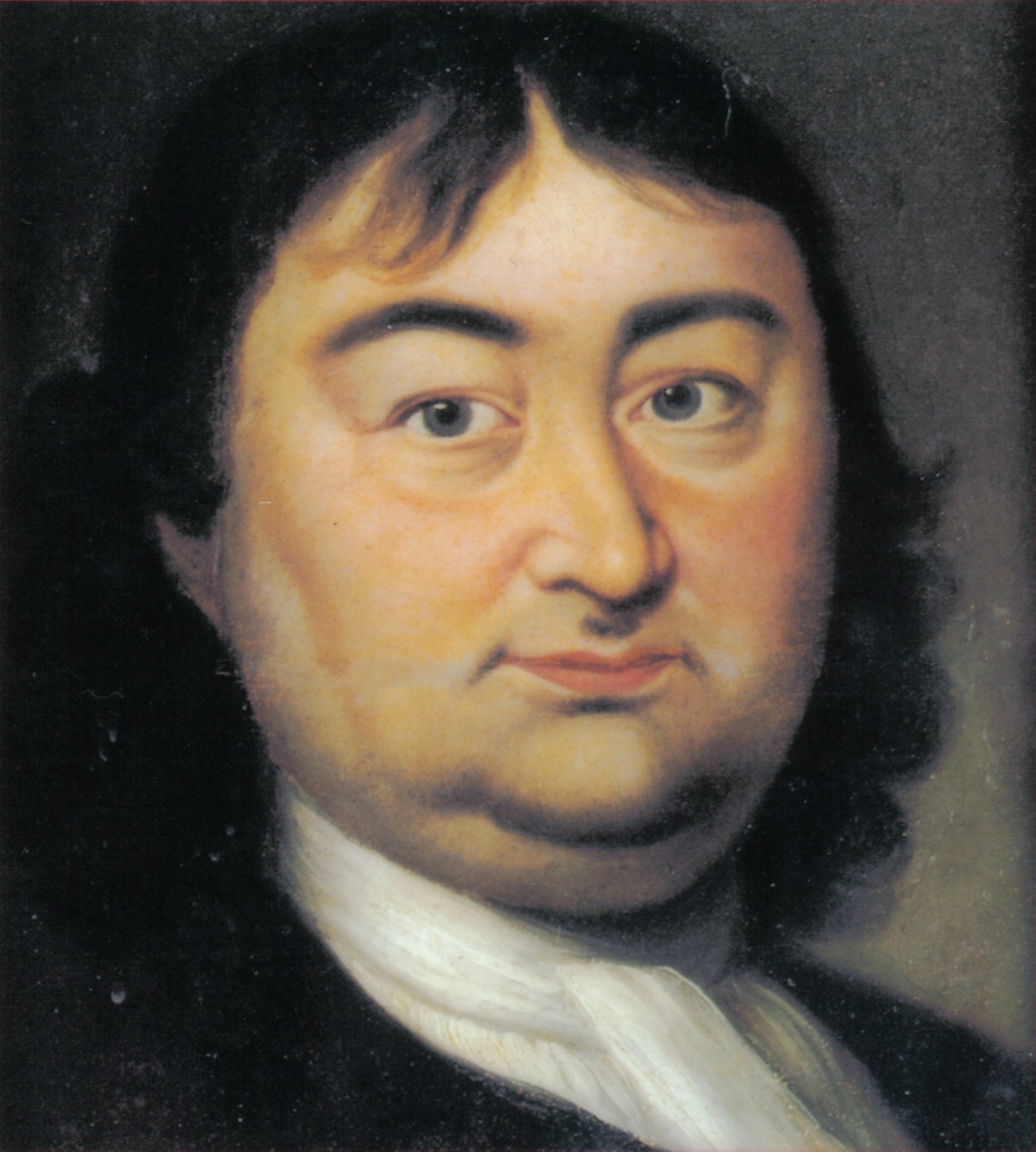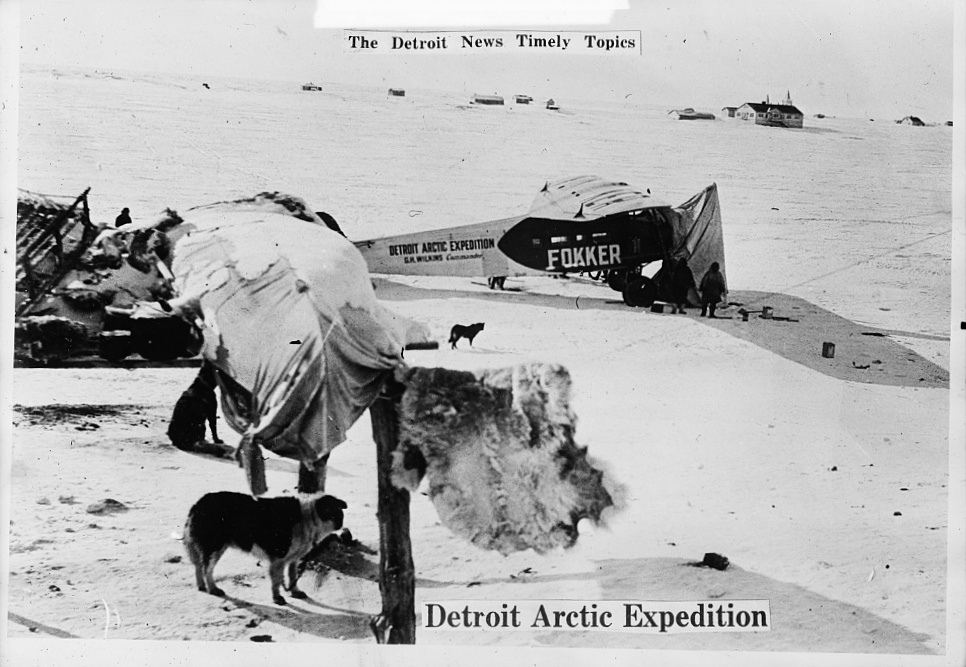|
Frederick William Beechey
Frederick William Beechey (17 February 1796 – 29 November 1856) was an English naval officer, artist, explorer, hydrographer and writer. Life and career He was the son of two painters, Sir William Beechey, RA and his second wife, Anne Jessop.John Wilson, 'Beechey, Sir William (1753–1839)’, Oxford Dictionary of National Biography, Oxford University Press, 2004; online edn, Oct 200accessed 2 May 2017/ref> Born in London on 17 February 1796, he entered the Royal Navy at the age of 10 under the command of John Jervis, 1st Earl of St Vincent. He was promoted to midshipman on February 8 1807 and saw active service during the War of 1812. He served in the Battle of New Orleans. Because of this, he was promoted to 2nd lieutenant on March 10 1815 In early 1818, and now a lieutenant, Beechey sailed on HMS ''Trent'' under Lieutenant John Franklin in David Buchan's Arctic expedition, of which at a later period he published a narrative. In the following year he accompanied Lie ... [...More Info...] [...Related Items...] OR: [Wikipedia] [Google] [Baidu] |
George Duncan Beechey
George Duncan Beechey (1798 – 6 December 1852) was an English portrait painter. Life and career Beechey was the fourth child of two painters, Sir William Beechey and his second wife, Anne Beechey, Anne Jessop.John Wilson, ‘Beechey, Sir William (1753–1839)’, Oxford Dictionary of National Biography, Oxford University Press, 2004; online edn, Oct 200accessed 2 May 2017/ref> He was a godson of George III. He was the brother of Captain Frederick William Beechey, admiral and painter Richard Brydges Beechey, and the portraitist Henry William Beechey. His father’s position as royal portraitist allowed Beechey to secure portrait commissions from royal circles. His subjects included Prince Augustus Frederick, Duke of Sussex and Bowyer Edward Sparke (1759-1836), Bishop of Chester. Beechey exhibited his paintings at the Royal Academy between 1817 and 1834. Beechey journeyed to Egypt from 1821 to 1822. In the 1830s, he travelled to India, where he was appointed court painter to t ... [...More Info...] [...Related Items...] OR: [Wikipedia] [Google] [Baidu] |
David Buchan
David Buchan (1780 – after 8 December 1838) was a Scottish naval officer and Arctic explorer. Family In 1802 or 1803, he married Maria Adye. They had at least three children. Exploration In 1806, Buchan was appointed as a lieutenant in the Royal Navy, and from about 1808 to 1817 he operated in and around Newfoundland. In 1810 he was captain of HMS ''Adonis''. In autumn 1810 he conducted an expedition to the River of Exploits. From there he and his men marched inland for 130 miles to establish contact with the dwindling native Beothuk population, one of the Indigenous peoples of the Americas in the region. The expedition resulted in the death and decapitation of two marines at their hands.William James Mills, ''Exploring Polar Frontiers: A Historical Encyclopedia'', ABC-CLIO, 2003; In 1813, ''Adonis'' and the frigate escorted the Newfoundland fishing fleet back to Britain. The voyage was stormy and the vessels separated near the English Channel. ''Adonis'' regained ... [...More Info...] [...Related Items...] OR: [Wikipedia] [Google] [Baidu] |
Vitus Bering
Vitus Jonassen Bering (baptised 5 August 1681 – 19 December 1741),All dates are here given in the Julian calendar, which was in use throughout Russia at the time. also known as Ivan Ivanovich Bering, was a Danish cartographer and explorer in Russian service, and an officer in the Russian Navy. He is known as a leader of two Russian expeditions, namely the First Kamchatka Expedition and the Great Northern Expedition, exploring the north-eastern coast of the Asian continent and from there the western coast on the North American continent. The Bering Strait, the Bering Sea, Bering Island, the Bering Glacier, and Vitus Lake were all named in his honor. Taking to the seas as a ship's boy at the age of fifteen, Bering travelled extensively over the next eight years, as well as taking naval training in Amsterdam. In 1704, he enrolled with the rapidly expanding Russian navy of Tsar Peter I (Peter the Great). After serving with the navy in significant but non-combat roles during the ... [...More Info...] [...Related Items...] OR: [Wikipedia] [Google] [Baidu] |
Diomede Islands
, image_name = Diomede Islands Bering Sea Jul 2006.jpg , image_caption = Diomede Islands: Little Diomede (left, U.S.) and Big Diomede (right, Russia) viewed from the north, looking south , map_image = BeringSt-close-VE.jpg , map_caption = Satellite photo of the Bering Strait, with the Diomede Islands at center , nickname = , location = Bering Strait , coordinates = , total_islands = 2 , area_km2 = , length_km = , width_km = , highest_mount = , elevation_m = , population = , population_as_of = 2011 , density_km2 = , ethnic_groups = , country = Russia / United States , timezone1 = Alaska Time – UTC -9/ -8 , timezone2 = Kamchatka Time – UTC+12 The Diomede Islands (; russian: острова́ Диоми́да, translit=ostrová Diomída), also known in Russia as Gvozdev Islands (russian: острова́ Гво́здева, translit=ostrová Gvozdjeva), ... [...More Info...] [...Related Items...] OR: [Wikipedia] [Google] [Baidu] |
Cape Prince Of Wales
Cape Prince of Wales (Russian: Мыс Принца Уэльского) () is the westernmost mainland point of the Americas. It was named in 1778 by Captain James Cook of the British Royal Navy, presumably for the Prince of Wales at the time, George Augustus Frederick. Discovered (for Europeans) in 1732, by an expedition led by a Russian military geodesist Mikhail Gvozdev in ''Sviatoi Gavriil'' (''St. Gabriel''); later, the cape was named by Vitus Bering for Gvozdev as Mys Gvozdeva (Cape Gvozdev). The Yupik name of the cape, published by G.Sarychev in 1826, was ''Nykhta''.Orth, Donald J. Dictionary of Alaska Place Names. Washington, DC: GPO, 1967. The current name has been finally approved by the U.S. Board on Geographic Names Decisions in 1944. Located on the Seward Peninsula of the U.S. state of Alaska near the settlement of Wales, Cape Prince of Wales is the terminus of the Continental Divide, marking the division between the Pacific and Arctic coasts, as well as marking the l ... [...More Info...] [...Related Items...] OR: [Wikipedia] [Google] [Baidu] |
Pacific
The Pacific Ocean is the largest and deepest of Earth's five oceanic divisions. It extends from the Arctic Ocean in the north to the Southern Ocean (or, depending on definition, to Antarctica) in the south, and is bounded by the continents of Asia and Oceania in the west and the Americas in the east. At in area (as defined with a southern Antarctic border), this largest division of the World Ocean—and, in turn, the hydrosphere—covers about 46% of Earth's water surface and about 32% of its total surface area, larger than Earth's entire land area combined .Pacific Ocean . '' Britannica Concise.'' 2008: Encyclopædia Britannica, Inc. The centers of both the |
Point Barrow
Point Barrow or Nuvuk is a headland on the Arctic coast in the U.S. state of Alaska, northeast of Utqiaġvik (formerly Barrow). It is the northernmost point of all the territory of the United States, at , south of the North Pole. (The northernmost point on the North American mainland, Murchison Promontory in Canada, is farther north.) Point Barrow is an important geographical landmark, marking the limit between two marginal seas of the Arctic Ocean, the Chukchi Sea to the west and the Beaufort Sea to the east. It was named by English explorer Frederick William Beechey in 1826 for Sir John Barrow, a statesman and geographer of the British Admiralty. The water around it is normally ice-free for two or three months a year, but this was not the experience of the early explorers. Beechey could not reach it by ship and had to send a ship's boat ahead. In 1826 John Franklin tried to reach it from the east and was blocked by ice. In 1837 Thomas Simpson walked 50 miles west to Poin ... [...More Info...] [...Related Items...] OR: [Wikipedia] [Google] [Baidu] |
Frederick William Beechey00
Frederick may refer to: People * Frederick (given name), the name Nobility Anhalt-Harzgerode *Frederick, Prince of Anhalt-Harzgerode (1613–1670) Austria * Frederick I, Duke of Austria (Babenberg), Duke of Austria from 1195 to 1198 * Frederick II, Duke of Austria (1219–1246), last Duke of Austria from the Babenberg dynasty * Frederick the Fair (Frederick I of Austria (Habsburg), 1286–1330), Duke of Austria and King of the Romans Baden * Frederick I, Grand Duke of Baden (1826–1907), Grand Duke of Baden * Frederick II, Grand Duke of Baden (1857–1928), Grand Duke of Baden Bohemia * Frederick, Duke of Bohemia (died 1189), Duke of Olomouc and Bohemia Britain * Frederick, Prince of Wales (1707–1751), eldest son of King George II of Great Britain Brandenburg/Prussia * Frederick I, Elector of Brandenburg (1371–1440), also known as Frederick VI, Burgrave of Nuremberg * Frederick II, Elector of Brandenburg (1413–1470), Margrave of Brandenburg * Frederick William, Elector ... [...More Info...] [...Related Items...] OR: [Wikipedia] [Google] [Baidu] |
William Henry Smyth
Admiral William Henry Smyth (21 January 1788 – 8 September 1865) was a Royal Navy officer, hydrographer, astronomer and numismatist. He is noted for his involvement in the early history of a number of learned societies, for his hydrographic charts, for his astronomical work, and for a wide range of publications and translations. Origins William Henry Smyth was the only son of Joseph Smyth (died 1788) and Georgiana Caroline Pitt Pilkington (died 1838), the daughter of John Carteret Pilkington and the granddaughter of Laetitia Pilkington and her husband Matthew Pilkington. His father, Joseph Smyth, an United States, American Loyalist (American Revolution), Loyalist from New Jersey who served as a lieutenant in the King's Royal Regiment of New York during the American Revolutionary War, Revolutionary War, was the sixth son of Benjamin Smyth (died 1769), a landowner in what is now Blairstown, New Jersey, Blairstown, and his first wife Catherina Schoonhoven (died 1750). Never hav ... [...More Info...] [...Related Items...] OR: [Wikipedia] [Google] [Baidu] |
Mediterranean
The Mediterranean Sea is a sea connected to the Atlantic Ocean, surrounded by the Mediterranean Basin and almost completely enclosed by land: on the north by Western and Southern Europe and Anatolia, on the south by North Africa, and on the east by the Levant. The Sea has played a central role in the history of Western civilization. Geological evidence indicates that around 5.9 million years ago, the Mediterranean was cut off from the Atlantic and was partly or completely desiccated over a period of some 600,000 years during the Messinian salinity crisis before being refilled by the Zanclean flood about 5.3 million years ago. The Mediterranean Sea covers an area of about , representing 0.7% of the global ocean surface, but its connection to the Atlantic via the Strait of Gibraltar—the narrow strait that connects the Atlantic Ocean to the Mediterranean Sea and separates the Iberian Peninsula in Europe from Morocco in Africa—is only wide. The Mediterranean Sea ... [...More Info...] [...Related Items...] OR: [Wikipedia] [Google] [Baidu] |

.jpg)



.jpg)


